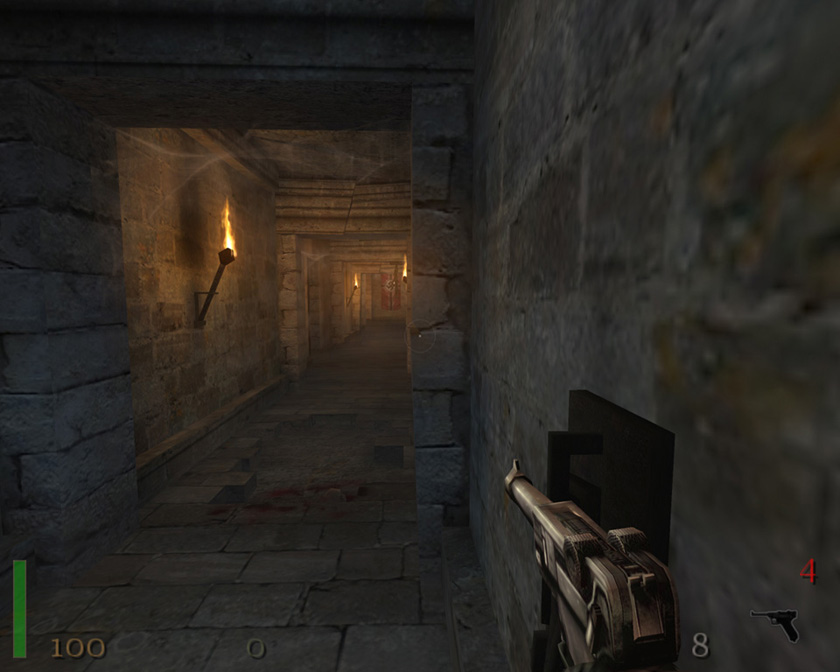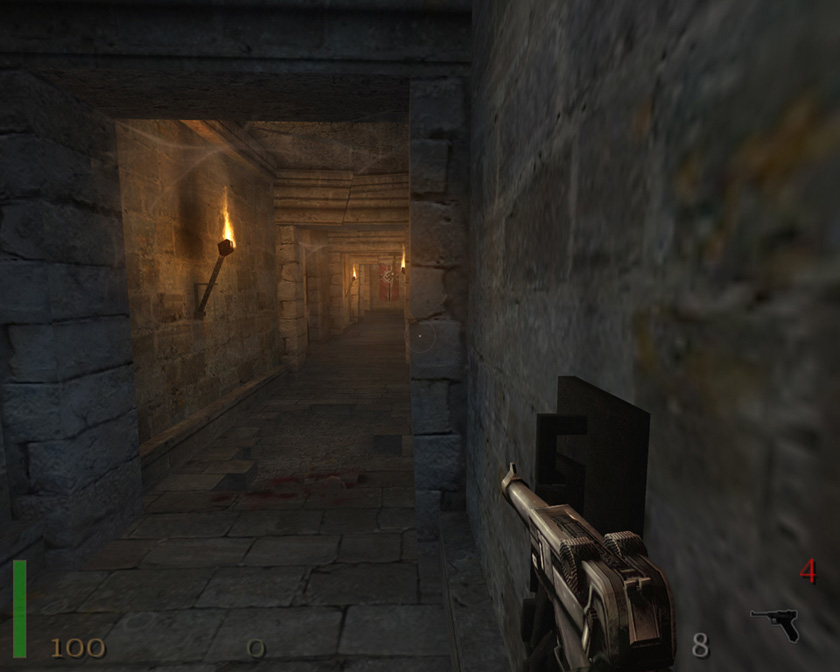Screenshots are fine to point out still image artifacts but screenshots dont move, cant we just let the quality thing rest as far as proof is concerned?

All this half assed "proof" gets noone anywhere
Well, I don't personally believe it has anything to do with "proof" so to speak, but instead ensuring information or portrayals given are of high value to the gamer and don't mislead a false conclusion. I think that's what Rev is talking about, at least from my point of view.
There are lots of screenshots floating around of Serious Sam 2, Jedi II, and the like at LOD -1.6, 8x anisotropy and 2xAA that look absolutely gorgeous... clear, defined, sharp and incredible. Amazingly enough, todays generation of cards can handle this and still obtain playable framerates for a lot of people in a lot of games.
But the unsaid thing is what effect on texture aliasing such gorgeous shots *dont* show when in motion.
The whole topic at hand is the amount of detail LOD bias shifting reveals and the increase in details/loss of blur. The part being overlooked is the impact this has on texture aliasing- and for people critical of texture aliasing, such impact is self-defeating (additional aliasing artifacts outweigh the IQ improvement from the increase in detail).
So more appropriately, what is needed is a good discussion of the pro's *and* cons of using more aggressive texture mip LOD bias, with an eye not only on the improvements in texture detail, but also any negative impacts it has from adding moire, shimmering and noise... as well as methods to obtain the best of both worlds- incredible texture detail but with minimal aliasing.




